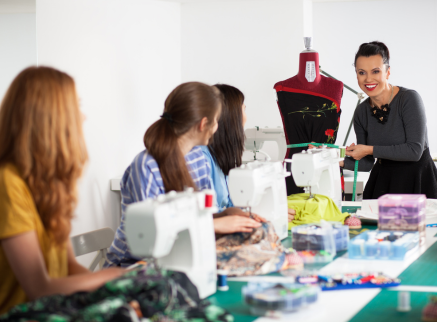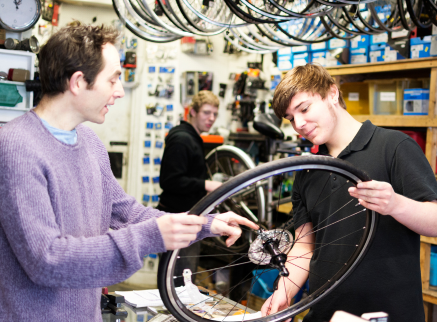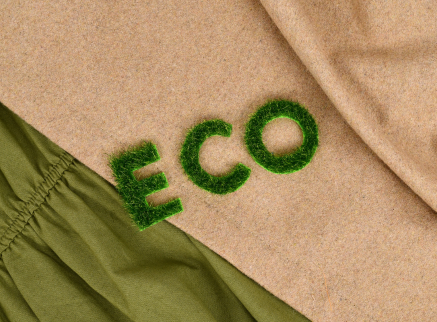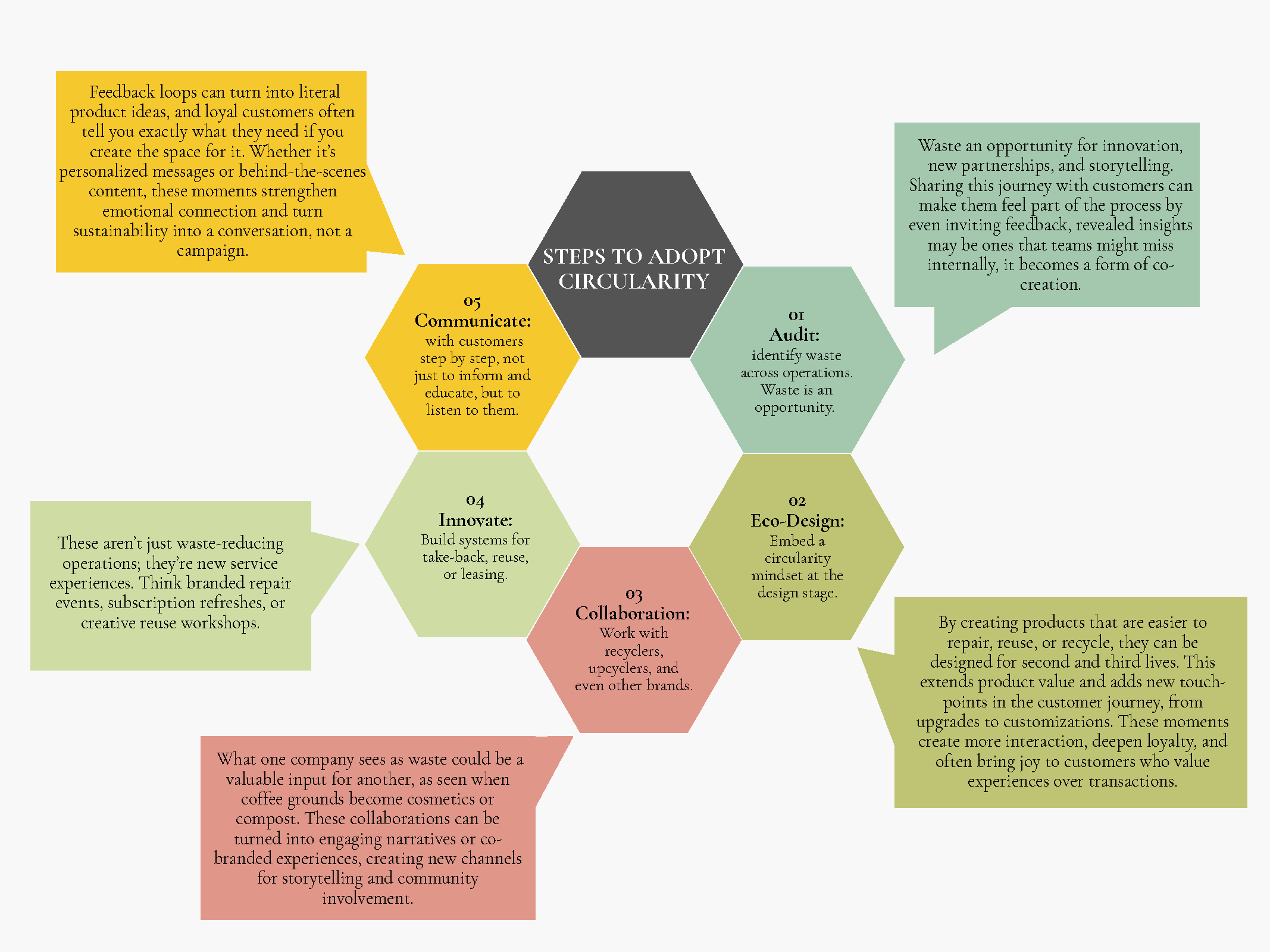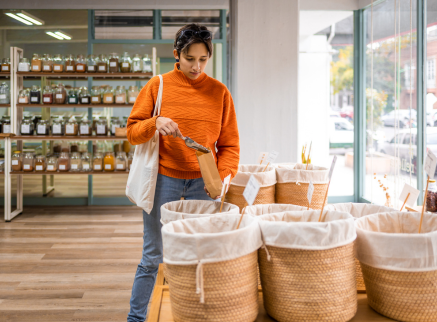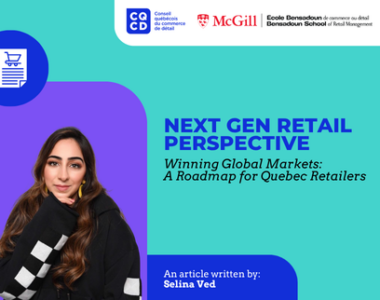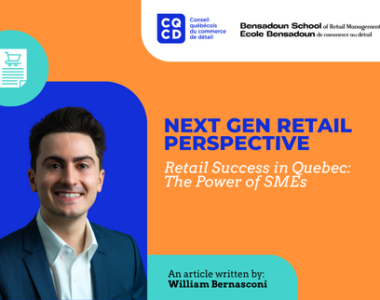In nature, every element has another use. Every output serves another purpose, no excess, no landfill, just a perfectly efficient cycle. This is the essence of circularity in business: every material and action feeds the next, allowing the system to thrive.
What a Circular Business Looks Like?
Closed-Loop Systems: This can be enabled by new technologies or through collaborative partnerships that mirror nature’s mutualistic relationships. Companies from different sectors can exchange by-products to mutually help each other and maximize their growth.
For example, coffee roasters could supply their used coffee grounds to cosmetic brands for scrubs, to farms for compost, or partners making natural dyes, fertilizers, or cleaning products. Such collaborations reduce waste, build local supply chains, and open new sources of revenue, all while mimicking the closed-loop logic of thriving ecosystems.
Crème Boulangerie Pâtisserie embodies this mindset. Founded by a baker and a pastry chef with a shared vision to reduce food waste, they repurpose spent grain from a nearby brewery in their baked goods and work with local farmers to use surplus produce.
Here are some other examples of circular strategies in retail:
Take-back programs invite customers to return used products for recycling, repair, or refurbishment, extending product life and reducing waste.
- A strong example is the initiative launched by Shoppers Drug Mart for its Quo Beauty cosmetics brand. Thanks to a partnership with TerraCycle, consumers across Canada can return their empty cosmetic containers for recycling. For every pound collected, $1 is donated to the Shoppers Foundation for Women’s Health, linking sustainability with meaningful social impact.
Reusable or refillable packaging models also help reduce waste and lower emissions across the supply chain.
- Meemoza, an ethical fashion brand based in Montreal, promotes the reuse of materials by reusing recycled envelopes for postal shipments and reusable covers or recycled boxes for in-store deliveries. These small but intentional changes reflect the brand’s circularity-focused vision to reduce its environmental footprint while reinforcing brand values.



